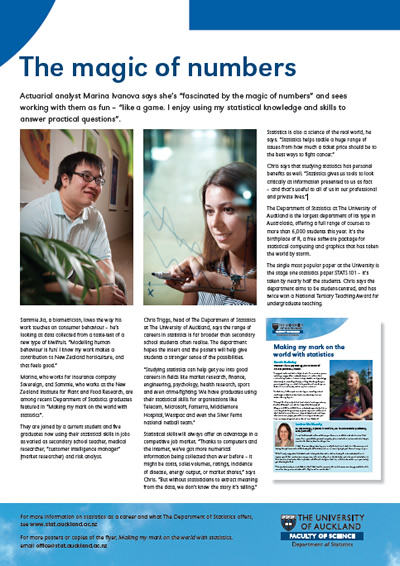Glad tidings of great joy
The Herald has a story on the happiest countries in the world. This is a sensible thing to measure, but it’s hard to know if you have got it right, or whether the differences between countries just reflect differences in responding to survey questions. At least it was from a real survey.
Another recent survey result was the US companies with the happiest employees. Pfizer was on top of the list. Pfizer is perhaps more notable recently for its layoffs, with the last round just this week, so the survey has been greeted with a certain bemusement in some parts of the internet. The provenance of these data is a bit dubious:
To reveal the top happiest companies, CareerBliss analyzes thousands of independent employee-submitted reviews.
Post a quick company review to nominate your company for next year!
and, yes, this means it’s just a self-selected bogus poll.




